In Anishinaabe culture, spirit dishes hold great significance as an integral part of spiritual practices and ceremony. Spirit dishes are used to offer food and other items to the spirits, ancestors, and other beings as a way of showing respect, gratitude, and maintaining a reciprocal relationship with the spiritual realm.
The Anishinaabe people believe that everything in the natural world, including plants, animals, and even inanimate objects, possesses a spirit or essence that can influence their lives and well-being. By offering food and other objects to these spirits, we honor and acknowledge their presence and seek their blessings and guidance.
What goes inside a spirit dish?
The offerings placed in the spirit dishes vary depending on the purpose and intention of the ceremony or individual’s prayer. They can include items such as tobacco, cornmeal, wild rice, water, herbs, berries, or other sacred foods. These offerings are carefully selected and prepared, often in a manner that reflects the values of sustenance, connection, and harmony with the natural world.
Using a spirit dish for ceremony
Spirit dishes are used in various ceremonies, such as feasts, healing rituals, and vision quests in which they’re placed on sacred altars or designated areas. The act of offering the food and objects is accompanied by prayers, songs, and other rituals, creating a sacred space for communication and connection with the spiritual realm.
Throughout the use of spirit dishes, the Anishinaabe people maintain a spiritual connection to their ancestors, spirits, and the natural world as a way of preserving their cultural identity, expressing gratitude, seeking guidance, and fostering a harmonious relationship with the spiritual forces that shape their lives.
Fire and Earth
In Anishinaabe culture, the side of the birch bark that represents fire is typically considered to be the inside, or “brown side,” of the bark. This side is believed to be connected to the spiritual realm and the element of fire, while the outside, or “white side,” represents the physical world and the element of earth.
This symbolism is often replicated in other cultural practices, including the creation of sacred items like birch bark containers or canoes. It is important to note that the specific techniques and designs used in crafting birch bark spirit dishes may vary among different Anishinaabe communities or artisans.
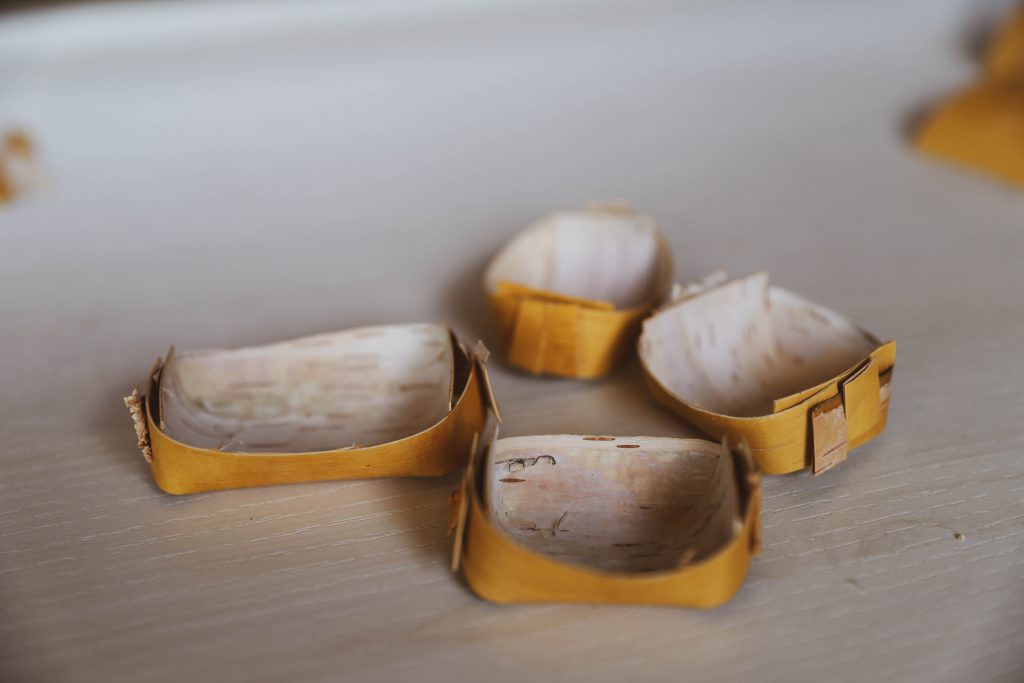
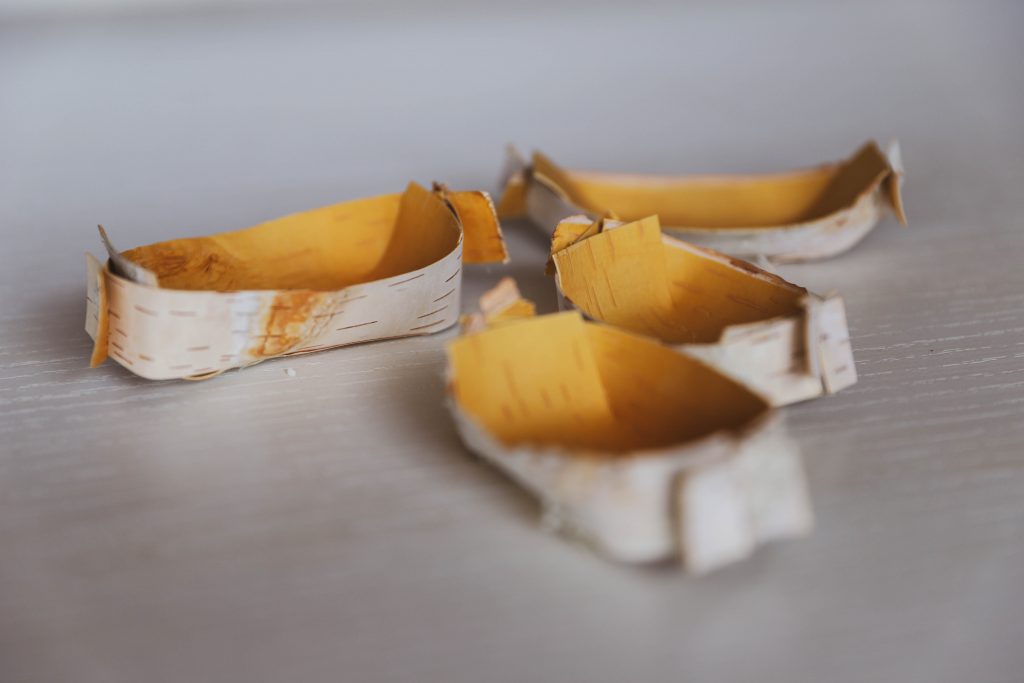
How to create your own spirit dish
Materials needed
1. Knife
2. Birch bark
3. Water source
4. Scissors
Process
1. Harvest the birch bark: carefully select a healthy, living birch tree. As a practice of respect, the Anishinaabeg ask permission from the tree to harvest its bark by offering asemaa (tobacco) to the base of the tree.
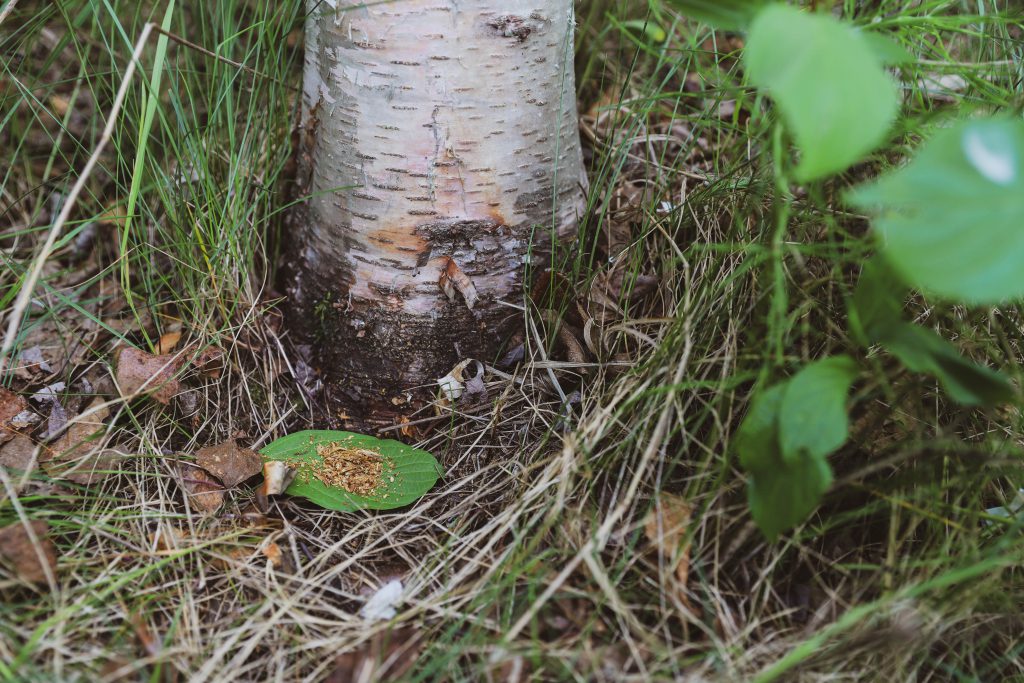
Using a knife, gently cut a T-shape into the bark until it separates from the tree. The outer bark is gently peeled away in large sheets, usually during the spring or early summer when the sap is flowing, making it easier to separate the layers.
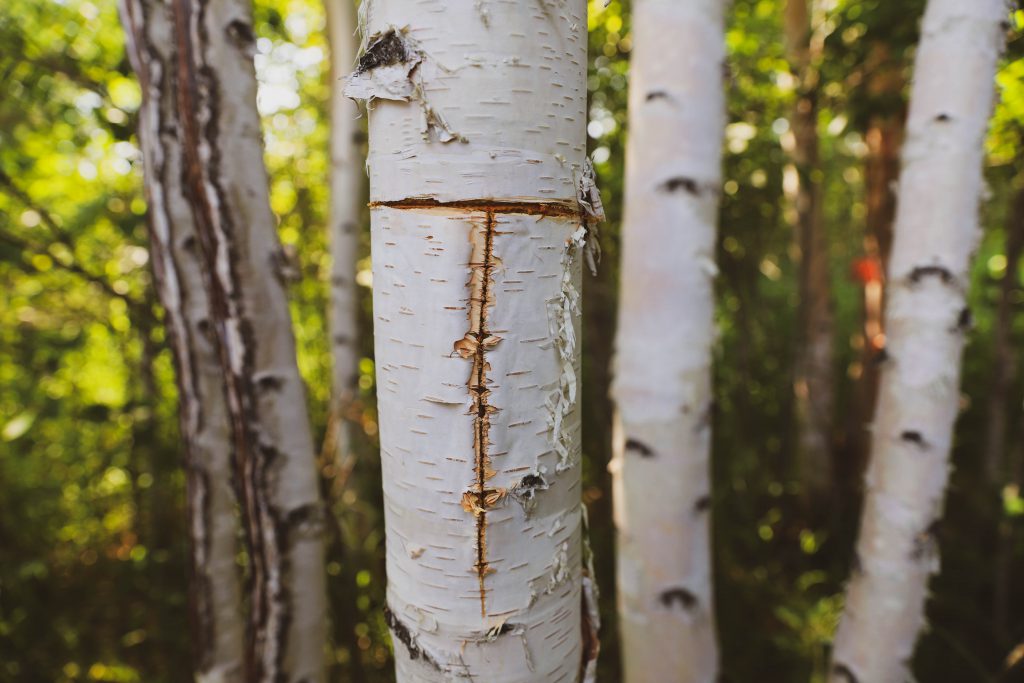
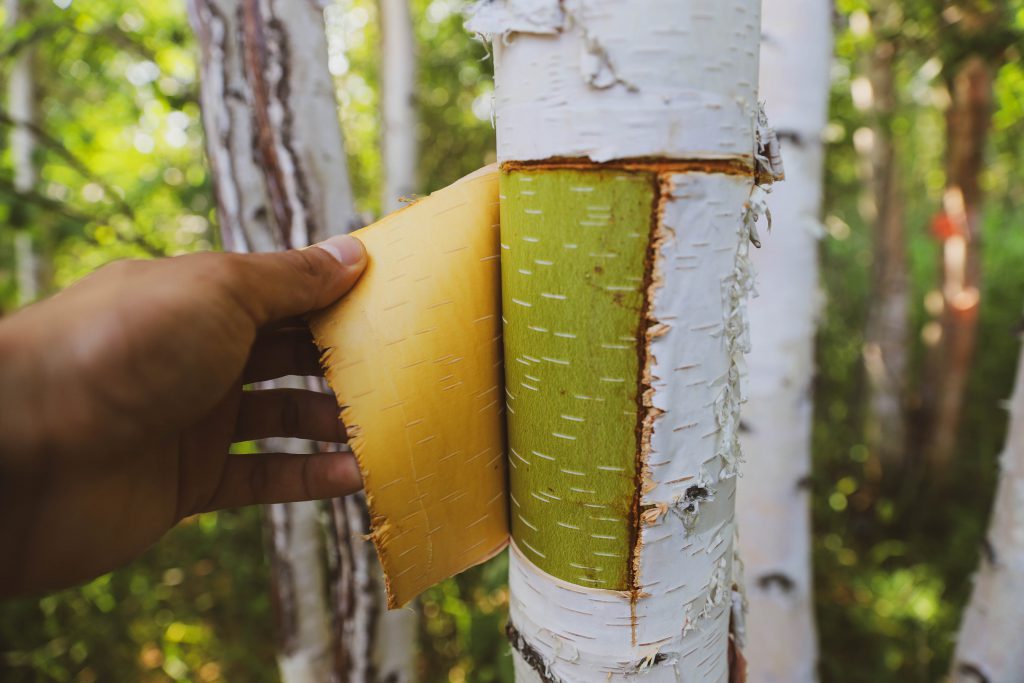
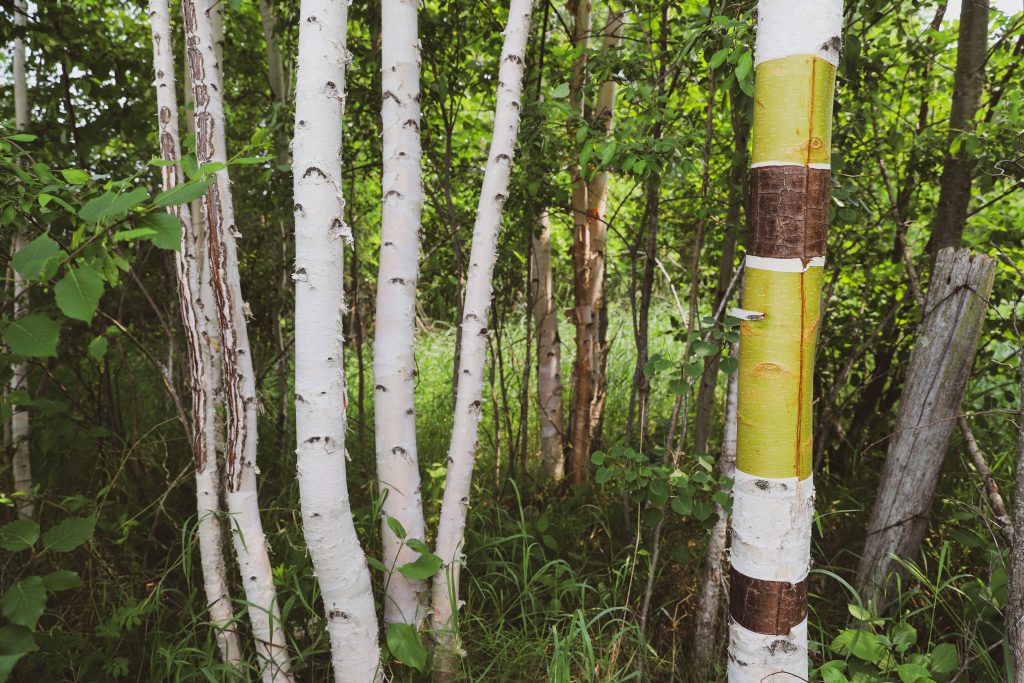
2. Prepare the bark: Once the birch bark sheets are collected, trim and clean them to remove any impurities or debris by pulling any loose bark and rubbing the dark spots gently with your hands. Do not dispose of your debris and trimmings.
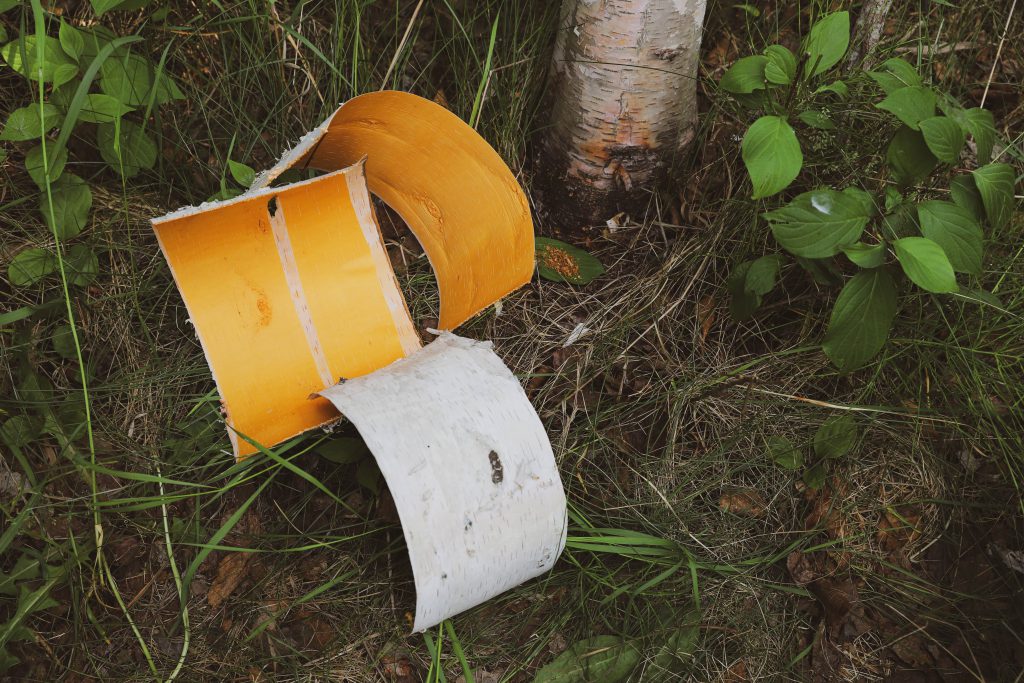
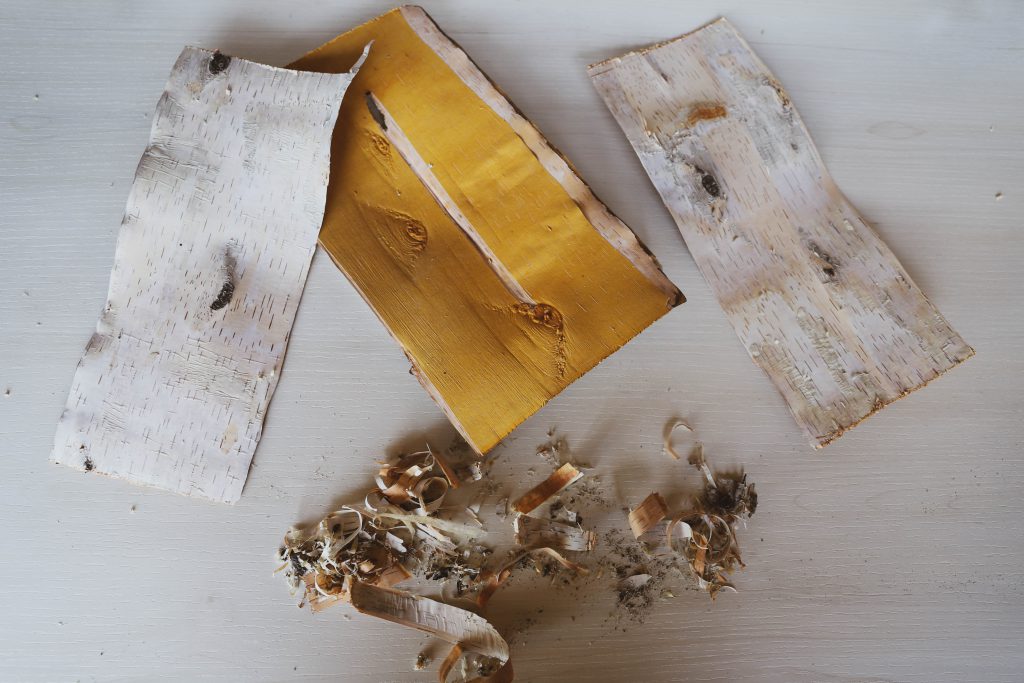
3. Soak the Bark: Soak the sheets in cold or lukewarm water for at least 20 minutes to make them more pliable and easier to work with.

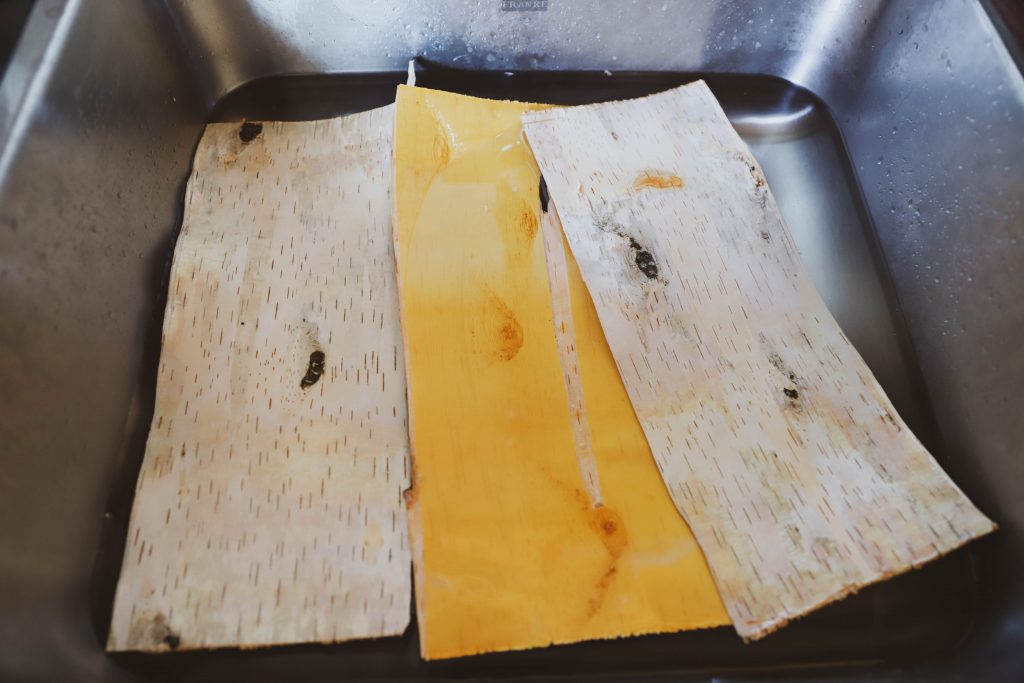
4. Form the dishes: Cut the softened birch bark into rectangular shapes for the dishes. Traditional birch bark spirit dishes are often oval or circular.
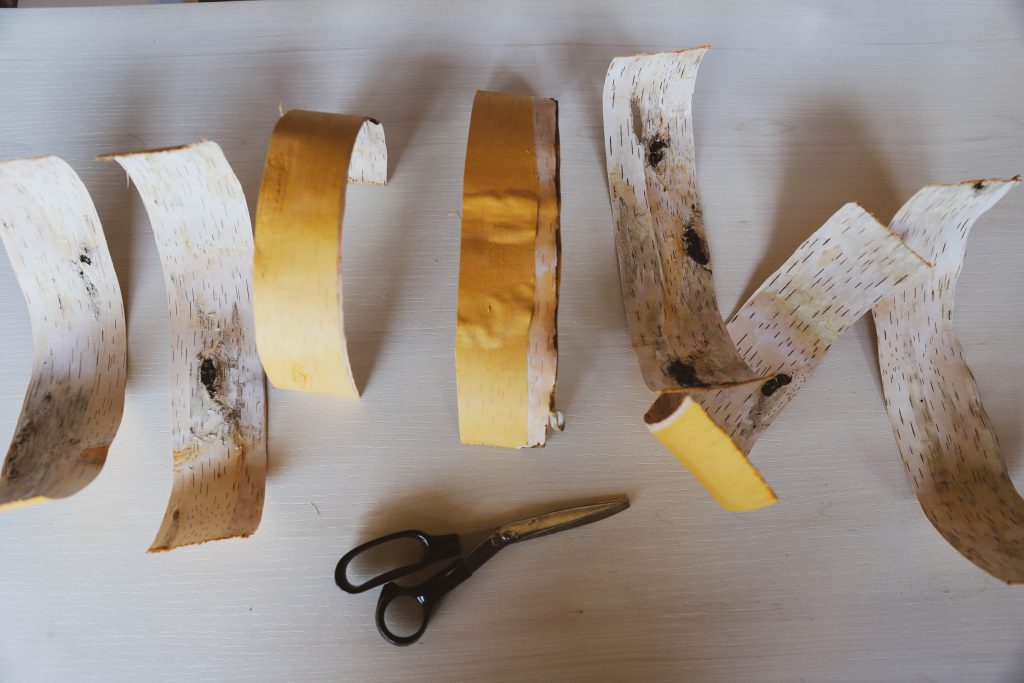
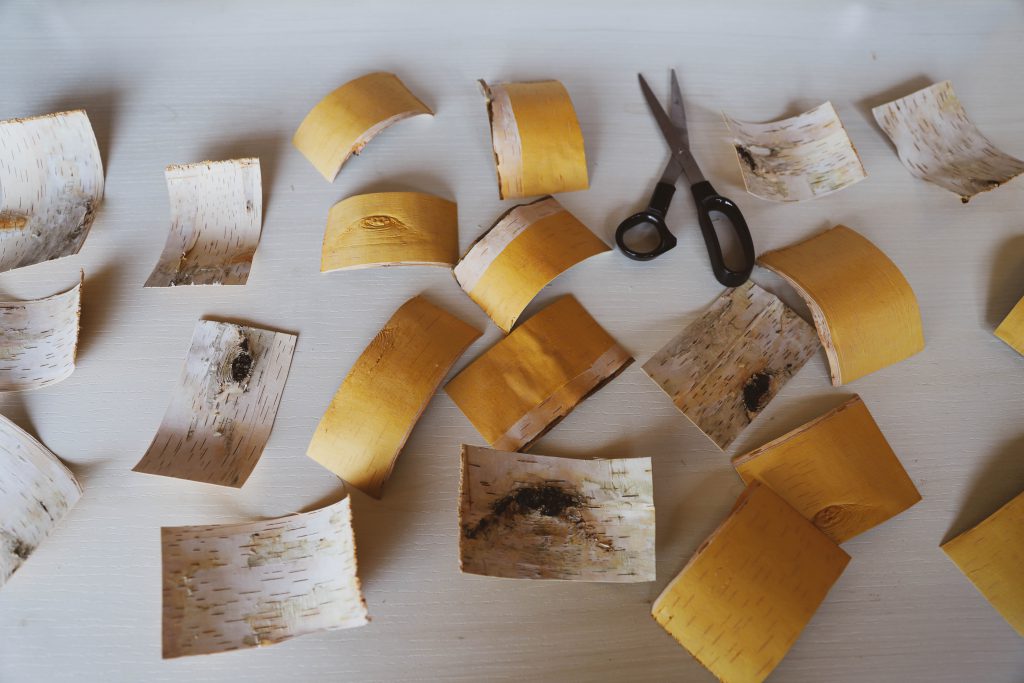
5. Cut the Dishes: Start by cutting approximately 1 inch towards the center using scissors and repeat four times.
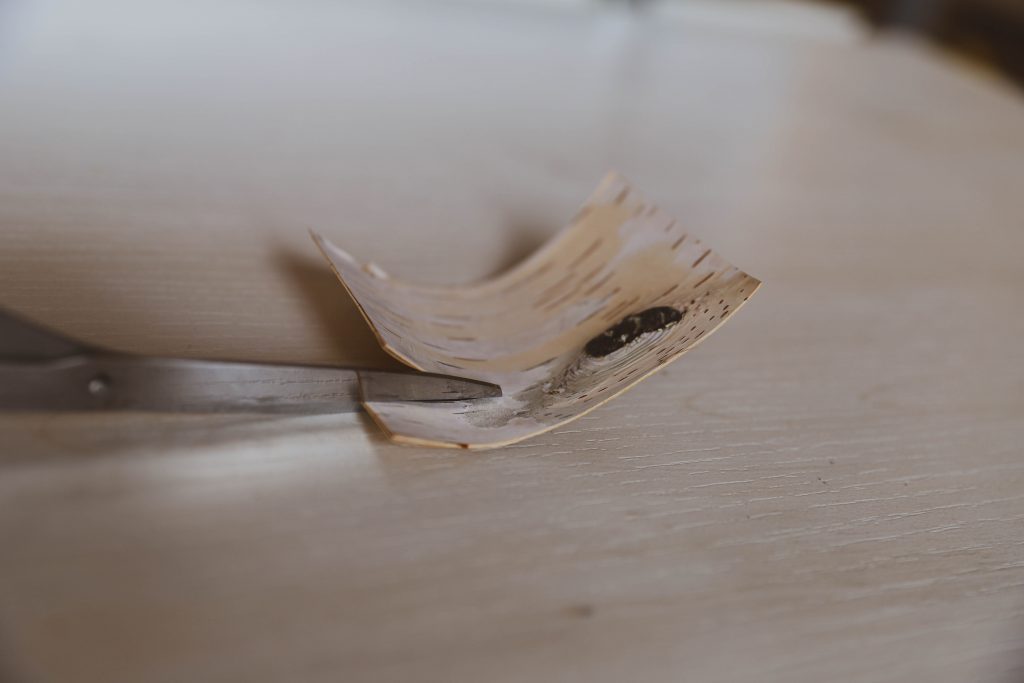
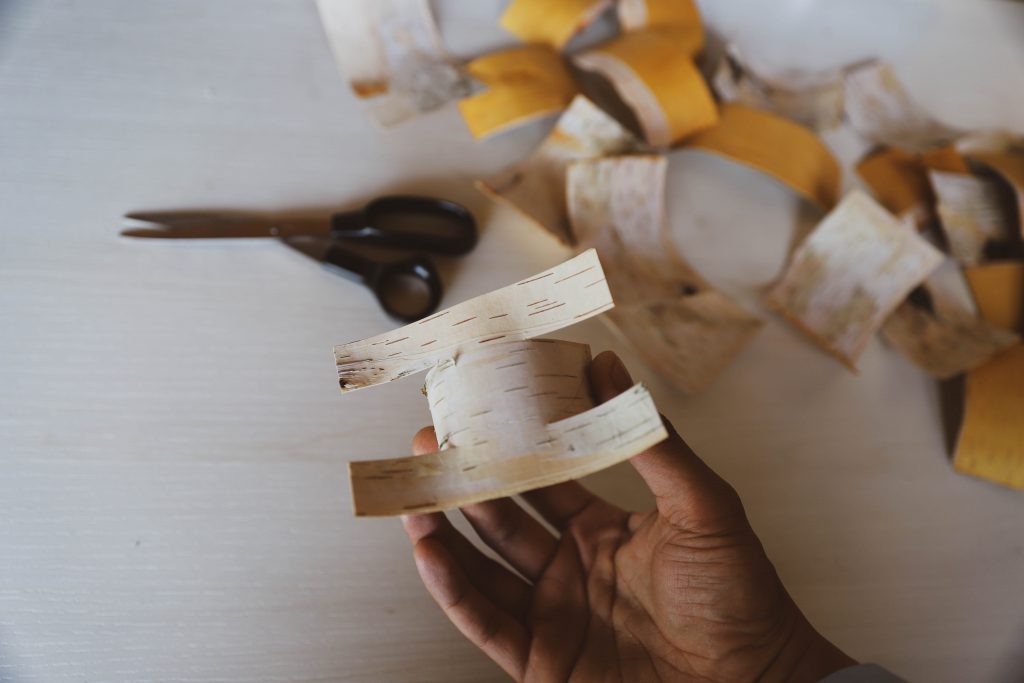
Once you have your four cuts in the bark, add four more cuts along the edge near the corners, two on the outside and two on the inside. These will fold into each other later and secure the dish.
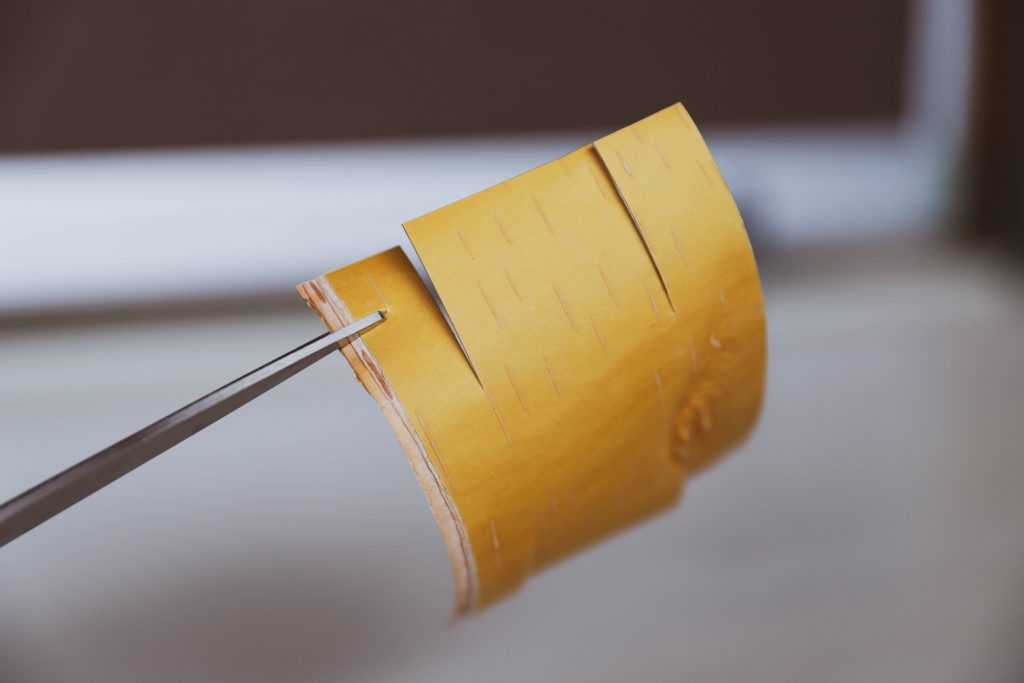

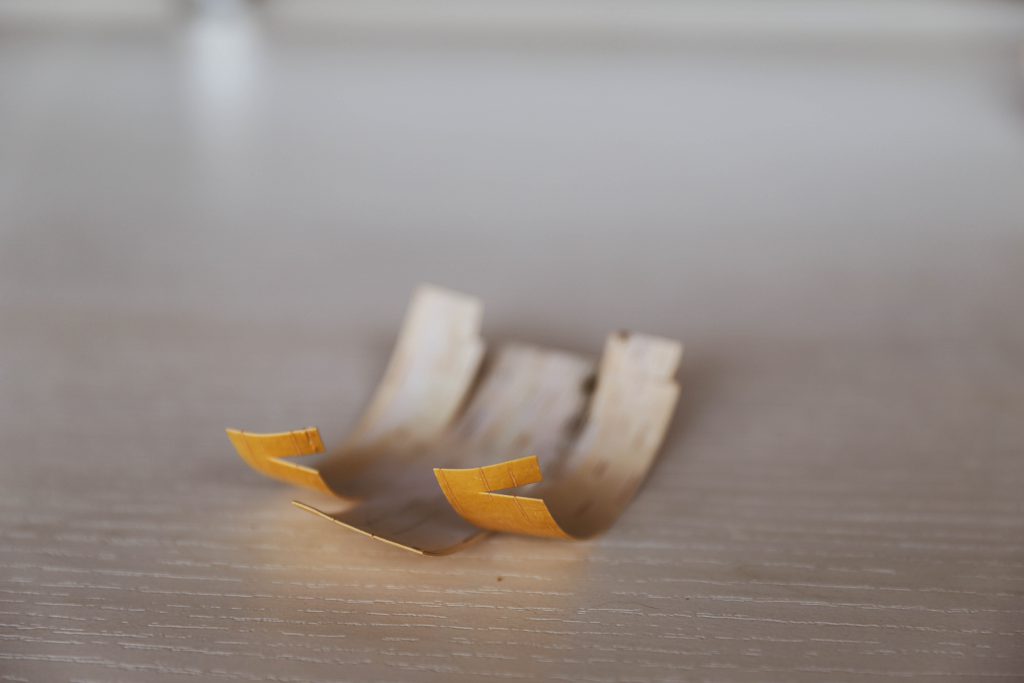
6. Fold the Dishes: After cutting your bark in the proper places, the inside flaps are curved up and the outside cuts fold into each other to secure the dish.
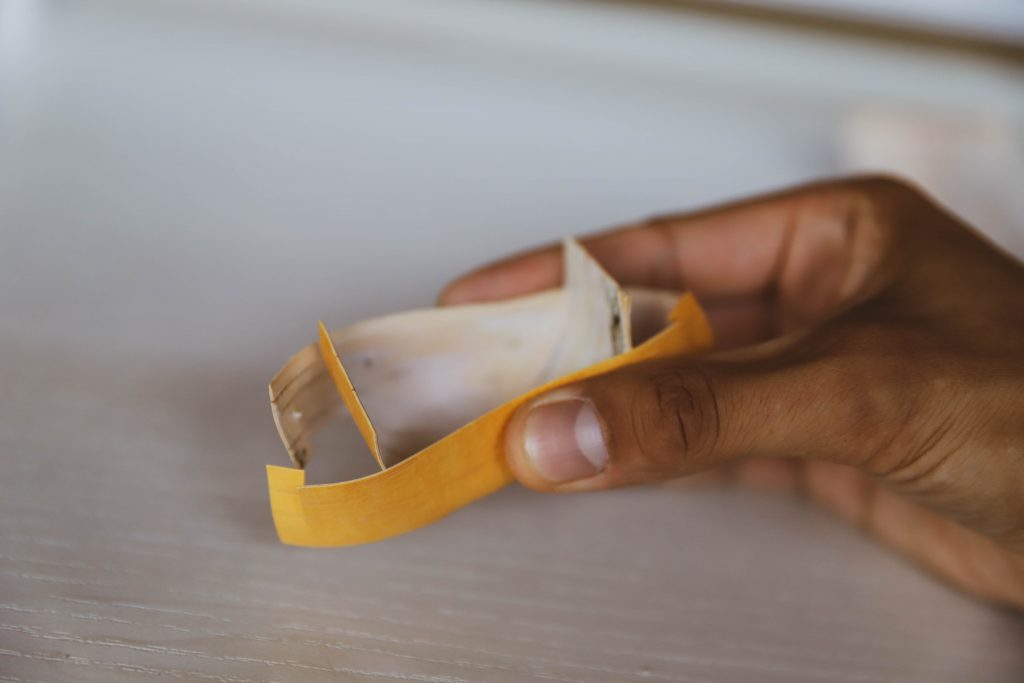
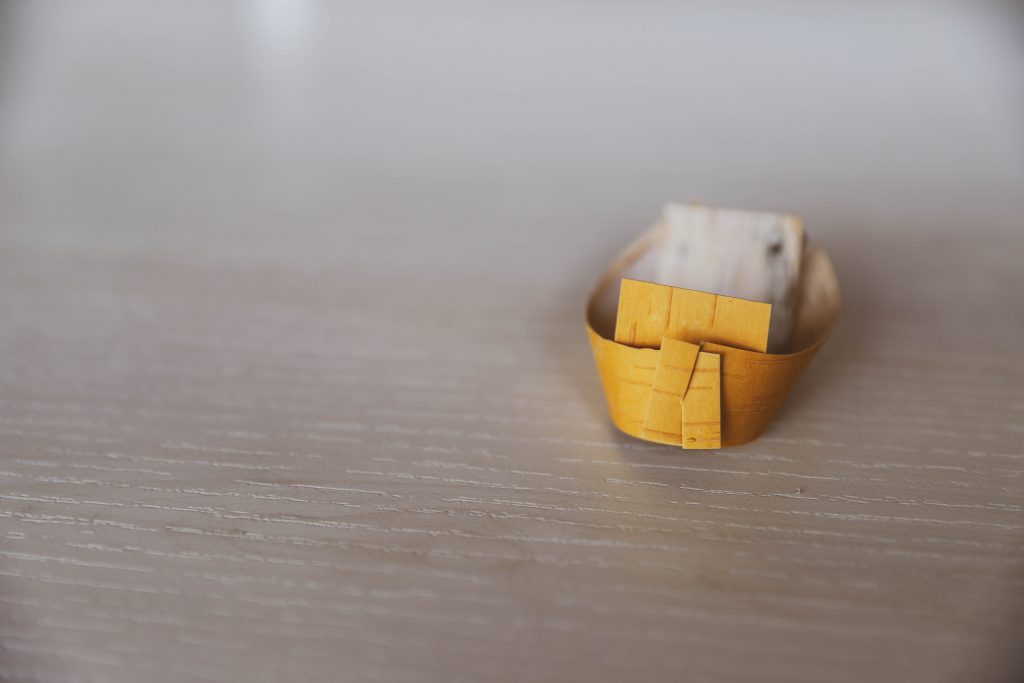
7. Finishing touches: Once the dish is complete, trim any excess bark. Do not dispose of your trimmings.

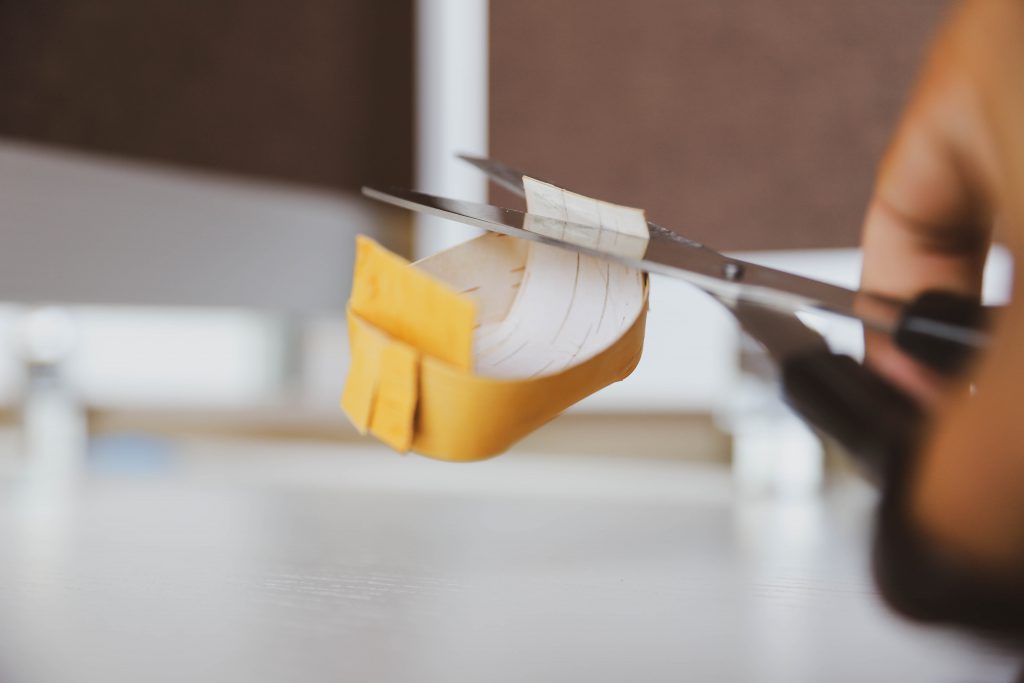
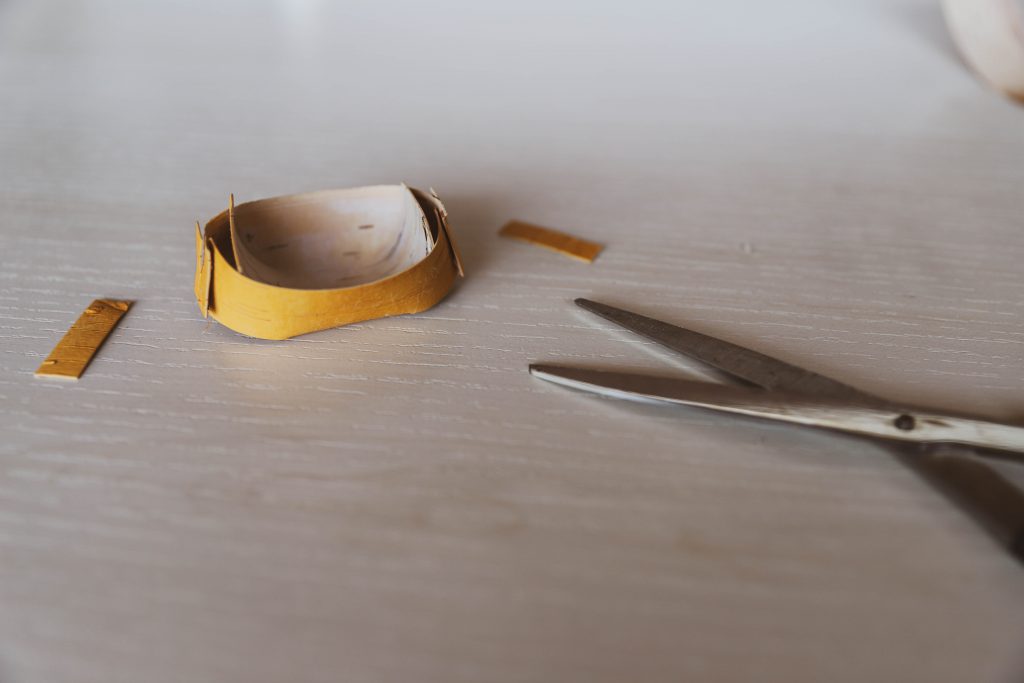
8. Return debris/trimmings to the land: Do not dispose of any of your debris or trimmings throughout the entire process. Ensure all debris and trimmings are returned to the land once finished.
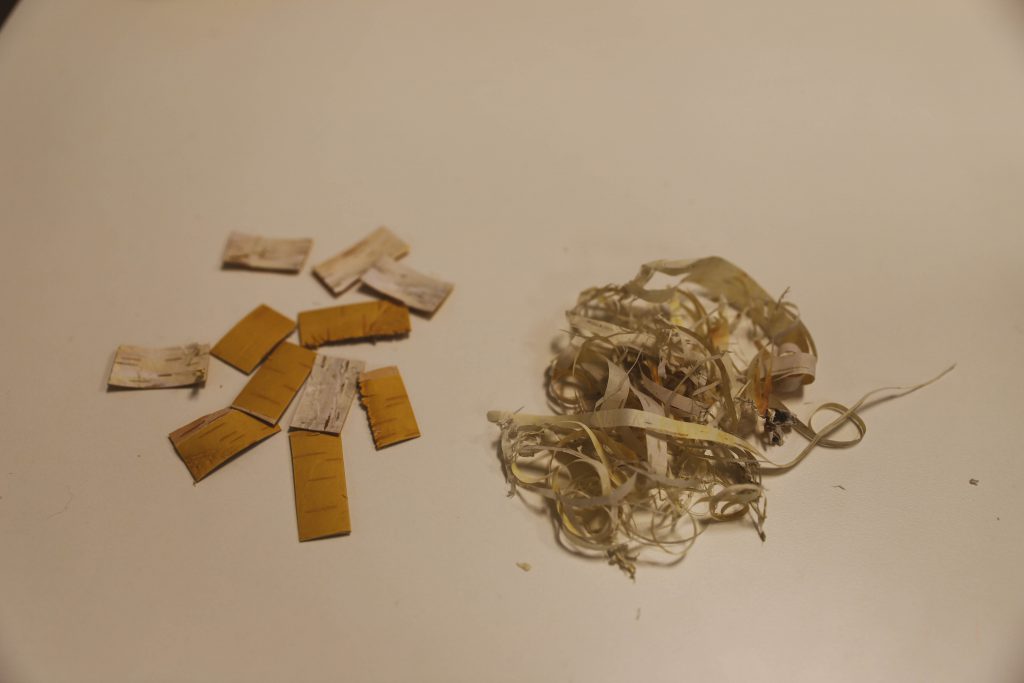
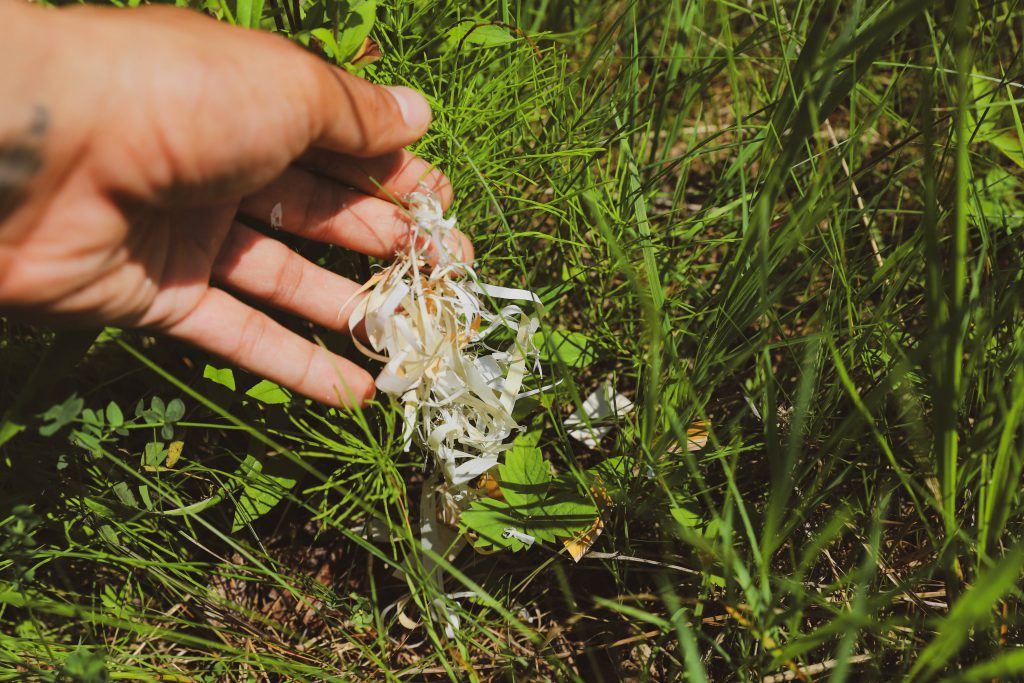
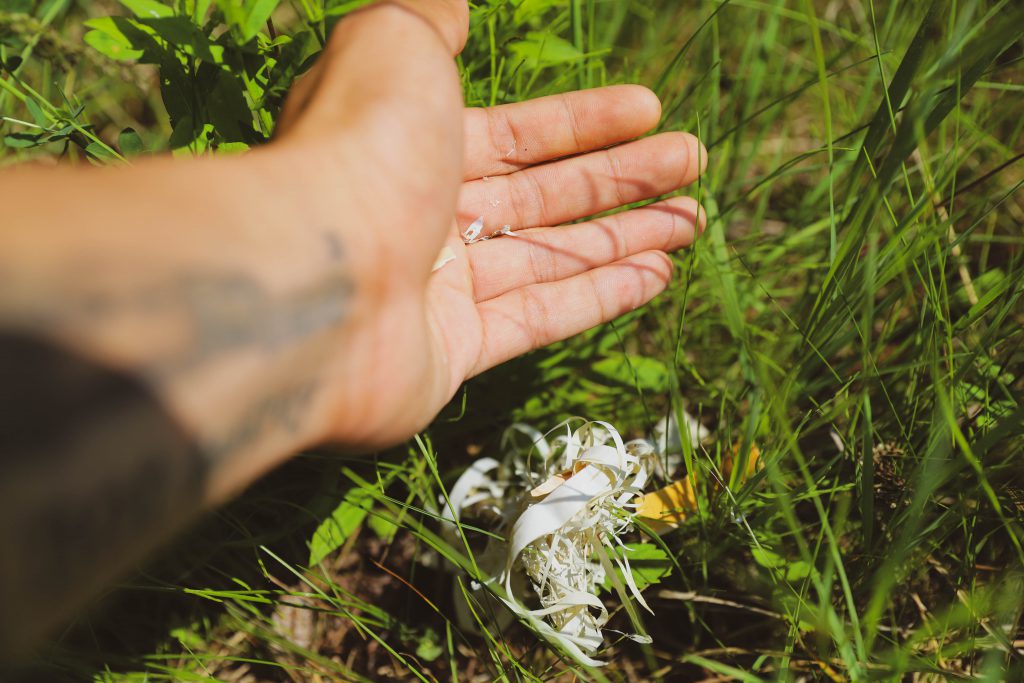
Pursue culturally enriched education with SGEI
Seven Generations Education Institute (SGEI) is dedicated to excellence in lifelong learning and empowerment through language and Anishinaabe culture. We encompass traditional education by blending culture, tradition, information and technology at our Fort Frances, Kenora and Sioux Lookout campuses. Pursue your career while engaging in culturally enriched education with SGEI and apply to a college or university program today.
